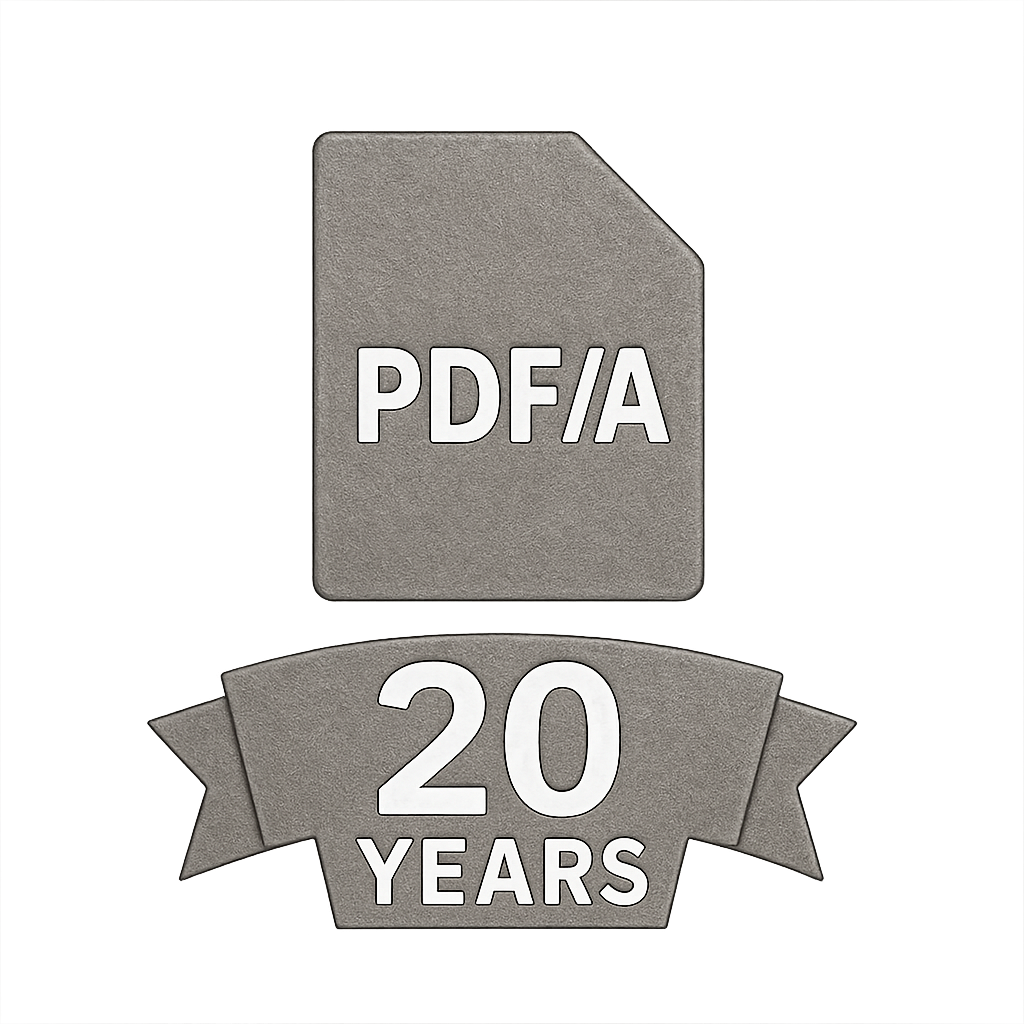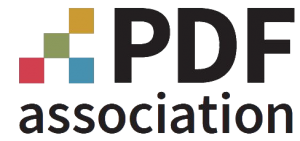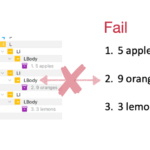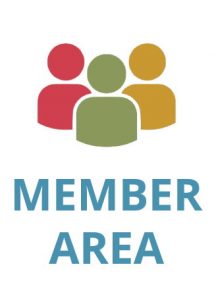Twenty Years of Trust: Celebrating the 20th Anniversary of PDF/A-1
November 23, 2025

Twenty Years of Trust: Celebrating the 20th Anniversary of PDF/A-1

November 23, 2025

About PDF Association staff
Two decades ago, a fundamental shift occurred in the world of digital information management with the publication of ISO 19005-1:2005, better known as "PDF/A".
PDF/A-1 was a milestone for the long-term digital preservation of documents worldwide. As we recognize its 20th anniversary we are celebrating not just a technical specification, but a promise of reliable long-term access to our digital heritage. Watch this short video to hear how PDF/A-1 came to be.
Before PDF/A, digital archiving suffered from limited or proprietary file formats or depended on specific software applications . PDF/A-1 offered a robust, forward-thinking solution by defining a constrained subset of the popular Portable Document Format (PDF), already a dominant digital document format 12 years after it was introduced in 1993. PDF/A-1 was built upon Adobe’s PDF 1.4 to create an electronic document file format explicitly dedicated to long-term preservation.
What made PDF/A-1 so significant was its mandate for self-contained, device-independent documents with capabilities far beyond pixel-based images of pages. PDF/A requires that all information necessary for rendering, including fonts, color spaces, and other structural elements, be embedded within the file. This eliminates external dependencies, ensuring that a PDF/A-compliant document will look the same in 20, 200 or 2,000 years as it does today, regardless of the device or software used to open it.
ISO 19005-1 was rapidly adopted by governments, libraries, corporations, and regulatory bodies across the globe, providing a common, standardized format for digital preservation. A new industry grew around the need to validate PDF/A files as part of archival stewardship, leading to the formation of the PDF/A Competence Centre in 2006, which provided a forum for implementers to reach agreement. Today, all manner of records, from financial statements and legal filings to cultural manuscripts and engineering blueprints, are preserved using the principles established in PDF/A-1.
PDF/A-1’s legacy continues through its subsequent parts: PDF/A-2 (2011) and PDF/A-3 (2012), which are based on ISO 32000-1, and PDF/A-4 (2020), based on ISO 32000-2 (PDF 2.0). Each version reflects updated best practices and changes in the kinds of content needing to be archived, as well as the needs of the preservation and record keeping communities continue to evolve.
We won’t be around for it, but we’re entirely confident that in 2225 our successors will celebrate two centuries of PDF/A for digital preservation, standing firm on the foundation established in 2005 with PDF/A-1. To learn more about PDF/A, visit the PDF Association's Archival PDF page.




